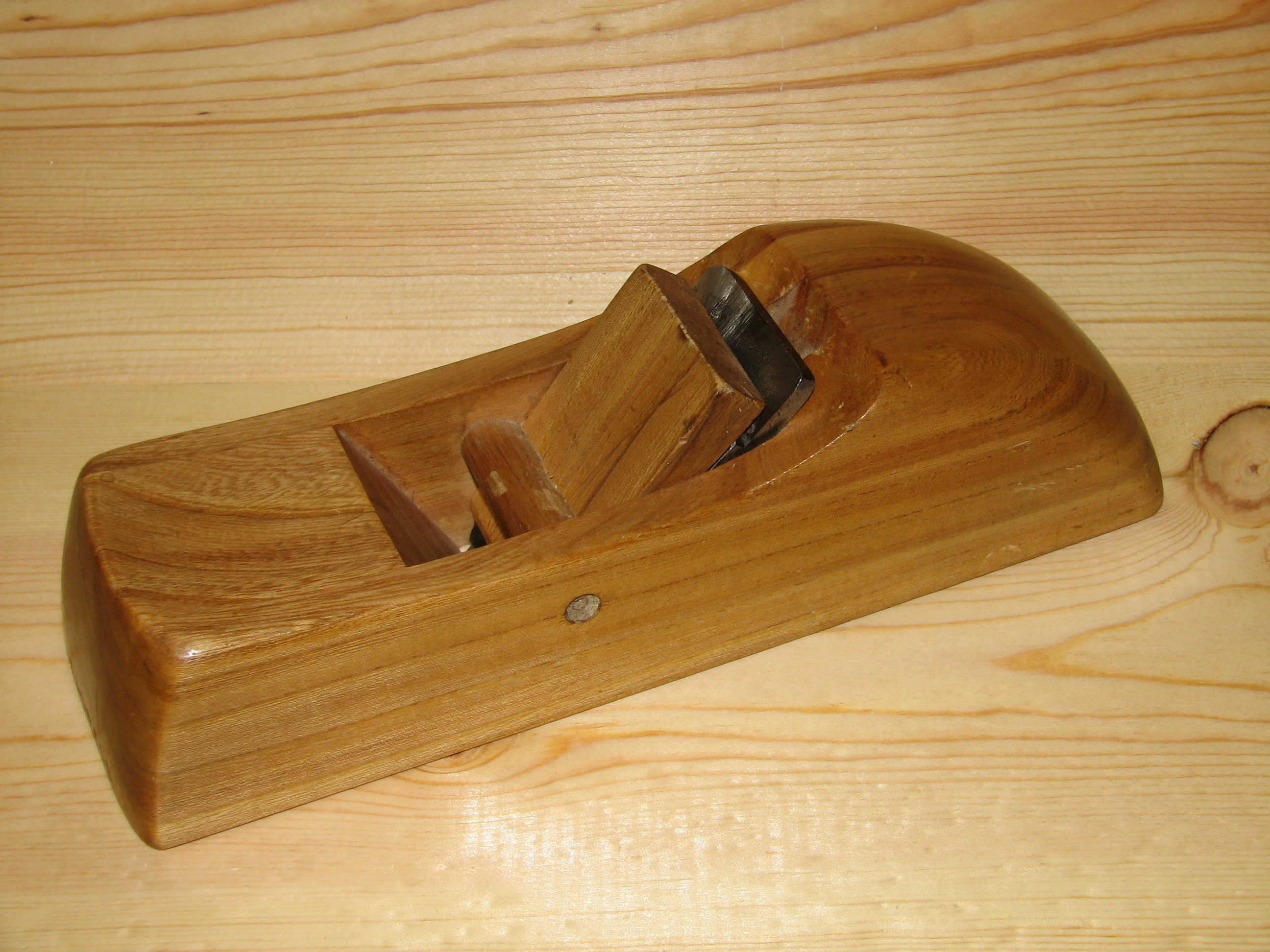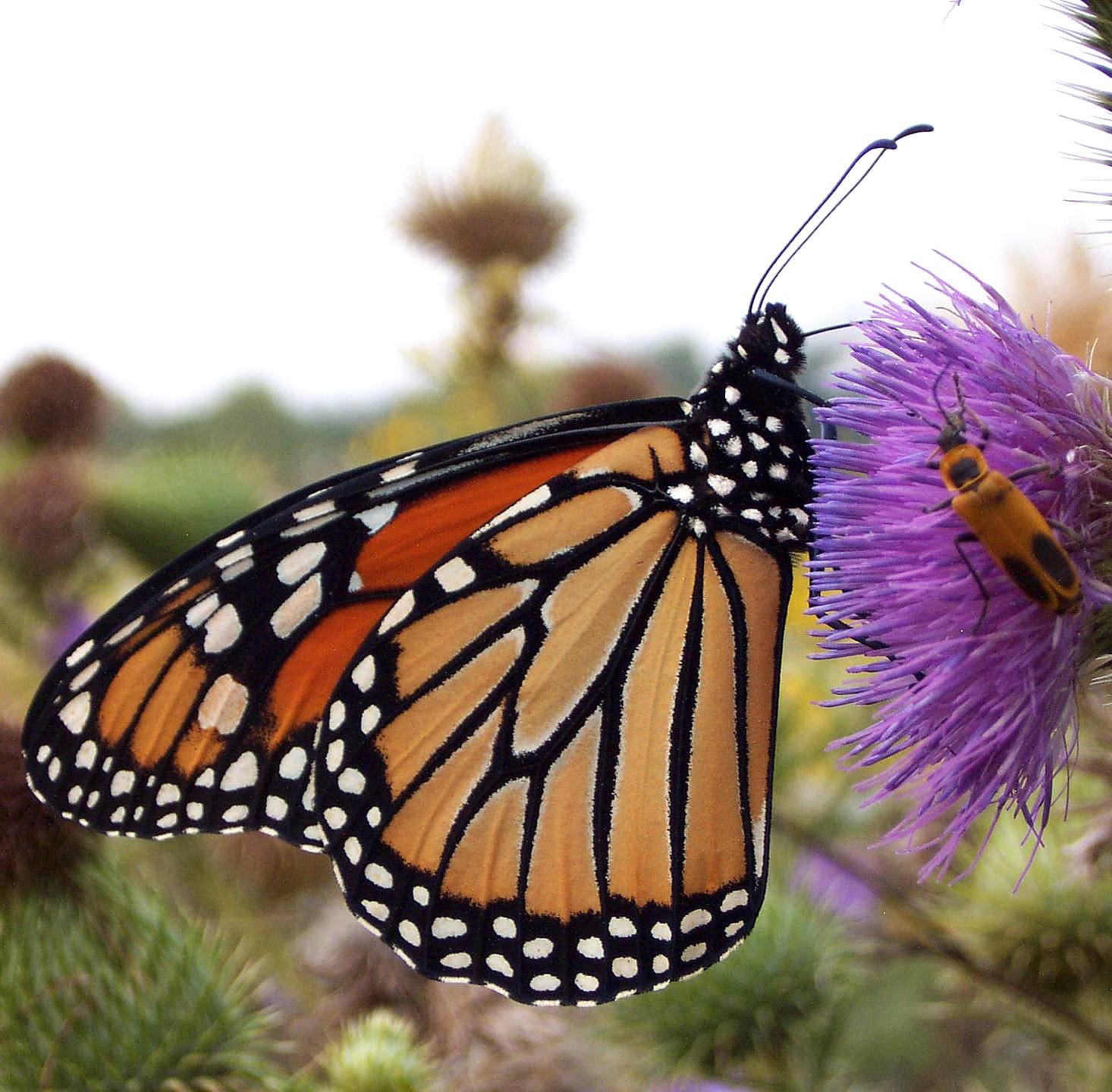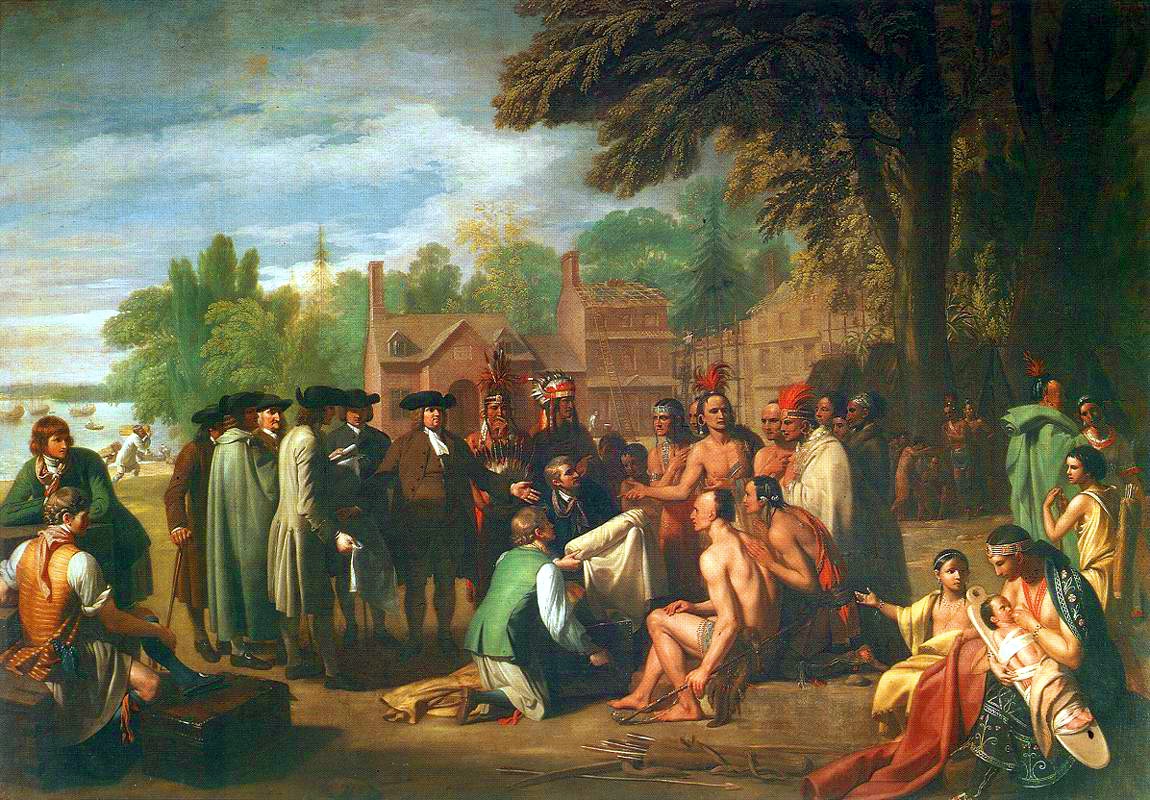|
Ulmus Americana 'Lake City'
The American Elm cultivar ''Ulmus americana'' 'Lake City' is a semi-fastigiate form cloned in the early 1920s from a ten-year old seedling found growing outside the Lutheran parsonage, Lake City, Minnesota, and released by the Lake City Nurseries there in 1931. The Nurseries published a nine-page booklet on it in 1932, 'The Lake City Elm', with full description, a photograph of the original tree, and commendatory letters. It was later described by Wyman in ''Trees Magazine'' 3 (4): 13, 1940. Description Closely-branched when young, the tree has an upright habit, wide at the top and narrow at the base. The foliage is dense and dark green. Though slower-growing than 'Moline', another tidy-habited cultivar of American elm, it was sometimes considered more shapely. Pests and diseases Minnesota was at first considered too far north to be at serious risk from Dutch elm disease, and heavy losses were not sustained there until the 1970s. Thereafter all the established American elm cu ... [...More Info...] [...Related Items...] OR: [Wikipedia] [Google] [Baidu] |
Ulmus Americana
''Ulmus americana'', generally known as the American elm or, less commonly, as the white elm or water elm, is a species of elm native to eastern North America, naturally occurring from Nova Scotia west to Alberta and Montana, and south to Florida and central Texas. The American elm is an extremely hardy tree that can withstand winter temperatures as low as −42 ° C (−44 ° F). Trees in areas unaffected by Dutch elm disease (DED) can live for several hundred years. A prime example of the species was the Sauble Elm, which grew beside the banks of the Sauble River in Ontario, Canada, to a height of 43 m (140 ft), with a d.b.h of 196 cm (6.43 ft) before succumbing to DED; when it was felled in 1968, a tree-ring count established that it had germinated in 1701. For over 80 years, ''U. americana'' had been identified as a tetraploid, i.e. having double the usual number of chromosomes, making it unique within the genus. However, a study published in 2011 b ... [...More Info...] [...Related Items...] OR: [Wikipedia] [Google] [Baidu] |
Ulmus Americana 'Vase'
The American Elm cultivar ''Ulmus americana'' 'Vase' was selected and propagated in the early 20th century by the Klehm Nurseries, Arlington Heights, Illinois, who advertised it at first as ''Ulmus americana'' 'Urnii', 'Klehms' American Vase-Shaped Elm', listing it, along with its stablemate ''Ulmus americana'' 'Moline', as a "novelty" in 1926, and describing both in some detail. Its original cultivar name, 'Urnii' – doubtful Latin – was changed to 'Vase' by Klehms by the 1930s, the tree also featuring as 'Vase Elm' ("a budded form of Elm, with graceful vase shape") in the catalogues of the Plumfield Nurseries, Fremont, Nebraska, from 1926, along with Klehms' 'Moline'. Vaughan's of Chicago marketed both from 1927. The Naperville Nurseries of Naperville, Illinois, marketed it from 1929 as 'Klehmii', 'Vase Elm', also introducing Klehms' 'Moline' at the same time. Green, unaware of its origin, regarded the tree as "neither clonal nor a true cultivar". Description An elm o ... [...More Info...] [...Related Items...] OR: [Wikipedia] [Google] [Baidu] |
American Elm Cultivar
American(s) may refer to: * American, something of, from, or related to the United States of America, commonly known as the "United States" or "America" ** Americans, citizens and nationals of the United States of America ** American ancestry, people who self-identify their ancestry as "American" ** American English, the set of varieties of the English language native to the United States ** Native Americans in the United States, indigenous peoples of the United States * American, something of, from, or related to the Americas, also known as "America" ** Indigenous peoples of the Americas * American (word), for analysis and history of the meanings in various contexts Organizations * American Airlines, U.S.-based airline headquartered in Fort Worth, Texas * American Athletic Conference, an American college athletic conference * American Recordings (record label), a record label previously known as Def American * American University, in Washington, D.C. Sports teams Soccer * Ba ... [...More Info...] [...Related Items...] OR: [Wikipedia] [Google] [Baidu] |
Morton Arboretum
The Morton Arboretum, in Lisle, Illinois, United States, is a public garden, and outdoor museum with a library, herbarium, and program in tree research including the Center for Tree Science. Its grounds, covering 1,700 acres (6.9 square kilometres), include cataloged collections of trees and other living plants, gardens, and restored areas, among which is a restored tallgrass prairie. The living collections include more than 4,100 different plant species. There are more than 200,000 cataloged plants. As a place of recreation, the Arboretum has hiking trails, roadways for driving and bicycling, a interactive children's garden and a maze. The Schulenberg Prairie at the Arboretum was one of the earliest prairie restoration projects in the Midwest, begun in 1962. It is one of the largest Prairie restoration, restored prairies in the Chicago suburban area. The Arboretum offers an extensive nature-centered education program for children, families, school groups, scouts, and adults, ... [...More Info...] [...Related Items...] OR: [Wikipedia] [Google] [Baidu] |
North America
North America is a continent in the Northern Hemisphere and almost entirely within the Western Hemisphere. It is bordered to the north by the Arctic Ocean, to the east by the Atlantic Ocean, to the southeast by South America and the Caribbean Sea, and to the west and south by the Pacific Ocean. Because it is on the North American Plate, North American Tectonic Plate, Greenland is included as a part of North America geographically. North America covers an area of about , about 16.5% of Earth's land area and about 4.8% of its total surface. North America is the third-largest continent by area, following Asia and Africa, and the list of continents and continental subregions by population, fourth by population after Asia, Africa, and Europe. In 2013, its population was estimated at nearly 579 million people in List of sovereign states and dependent territories in North America, 23 independent states, or about 7.5% of the world's population. In Americas (terminology)#Human ge ... [...More Info...] [...Related Items...] OR: [Wikipedia] [Google] [Baidu] |
St Paul, Minnesota
Saint Paul (abbreviated St. Paul) is the List of capitals in the United States, capital of the U.S. state of Minnesota and the county seat of Ramsey County, Minnesota, Ramsey County. Situated on high bluffs overlooking a bend in the Mississippi River, Saint Paul is a regional business hub and the center of Minnesota's government. The Minnesota State Capitol and the state government offices all sit on a hill close to the city's downtown district. One of the oldest cities in Minnesota, Saint Paul has several historic neighborhoods and landmarks, such as the Summit Avenue (St. Paul), Summit Avenue Neighborhood, the James J. Hill House, and the Cathedral of Saint Paul (Minnesota), Cathedral of Saint Paul. Like the adjacent and larger city of Minneapolis, Saint Paul is known for its cold, snowy winters and humid summers. As of the 2021 census estimates, the city's population was 307,193, making it the List of United States cities by population, 67th-largest city in the United State ... [...More Info...] [...Related Items...] OR: [Wikipedia] [Google] [Baidu] |
Yankton, South Dakota
Yankton is a city in and the county seat of Yankton County, South Dakota, United States. The population was 15,411 at the 2020 census, and it is the principal city of the Yankton Micropolitan Statistical Area, which includes the entirety of Yankton County and which had an estimated population of 23,297 as of July 1, 2021. As the first capital of Dakota Territory, it was named after the Yankton tribe of Western Dakota people; Yankton is derived from the Dakota word ''I-hank-ton-wan'' ("the end village"). Yankton is located on the Missouri River just downstream of the Gavins Point Dam and Lewis and Clark Lake, and just upstream of the confluence with the James River. The United States National Park Service's headquarters for the Missouri National Recreational River are located in the city. The Human Services Center was established as a psychiatric hospital in 1882 and is on the National Register of Historic Places. Yankton is commonly referred to as the "River City", du ... [...More Info...] [...Related Items...] OR: [Wikipedia] [Google] [Baidu] |
Byron, Minnesota
:''There are also two Byron Townships in Minnesota.'' Byron is a city in Olmsted County, Minnesota, United States, approximately west of Rochester on U.S. Route 14. It is surrounded by Kalmar Township. The population was 6,312 at the 2020 census. Local industries are in the form of farm services and printing. A grain elevator is situated next to the rail line that runs through town, which is owned by the Dakota, Minnesota and Eastern Railroad. Schmidt Printing (a subsidiary of Taylor Corporation) is another major company in town. Byron is also a bedroom community for nearby Rochester, Minnesota. History Byron was platted in 1864. The city was named after Port Byron, New York by George W. Van Dusen, an early businessman in the area. A post office called Byron has been in operation since 1868. Byron was incorporated in 1873. Before the town was established, a small community known as Bear Grove was west of present-day Byron. Geography According to the United States ... [...More Info...] [...Related Items...] OR: [Wikipedia] [Google] [Baidu] |
Sun Scald
Sun scald is the freezing of bark following high temperatures in the winter season, resulting in permanent visible damage to bark. Fruits may also be damaged. In the northern hemisphere, it is also called southwest injury. Causes The reason the sun can cause so much damage to trees is because of dormancy. When a tree is dormant in the winter it can be reactivated by warm weather. In the northern woods trees are exposed to the most sunlight and heat on the southwest facing side, so this side is heated during warm sunny winter days (in the afternoon, that's why westwards) to the point that it can be awoken from dormancy. The temperature required to wake up a tree depends on plant species and length of day, but it is typically just above freezing.( Dormancy In Plants: A Process For Survival) Once active, the cells on the southwest side of the plant are unable to return to dormancy by nightfall, at which time the temperature returns to levels capable of killing active cells. Fluctuati ... [...More Info...] [...Related Items...] OR: [Wikipedia] [Google] [Baidu] |
Frost Crack
Frost crack or Southwest canker is a form of tree bark damage sometimes found on thin barked trees, visible as vertical fractures on the southerly facing surfaces of tree trunks. Frost crack is distinct from sun scald and sun crack and physically differs from normal rough-bark characteristics as seen in mature oaks, pines, poplars and other tree species. Normal bark formation The sloughing or peeling of the bark is a normal process, especially in the spring when the tree begins to grow. The outer layers of the bark are dead tissue and therefore they cannot grow, the outer bark splitting in order for the tree to grow in circumference, increasing its diameter. The inner bark cambium and phloem tissues are living, and form a new protective layer of cells as the outer bark pulls apart. Normal furrowed bark has a layer of bark over the wood below, however bark may peel or fall off the tree in sheets (river birch), plates (sycamore and pine), strips (cedar) or blocks (dogwood). Ca ... [...More Info...] [...Related Items...] OR: [Wikipedia] [Google] [Baidu] |
Verticillium Wilt
Verticillium wilt is a wilt disease affecting over 350 species of eudicot plants. It is caused by six species of ''Verticillium'' fungi: ''V. dahliae'', ''V. albo-atrum'', ''V. longisporum'', ''V. nubilum'', ''V. theobromae'' and ''V. tricorpus''. Many economically important plants are susceptible including cotton, tomatoes, potatoes, oilseed rape, eggplants, peppers and ornamentals, as well as others in natural vegetation communities. Many eudicot species and cultivars are resistant to the disease and all monocots, gymnosperms and ferns are immune. Signs are superficially similar to ''Fusarium'' wilts. There are no fungicides characterized for the control of this disease but soil fumigation with chloropicrin has been proven successful in dramatically reducing ''Verticillium'' wilt in diverse crops such as vegetables using plasticulture production methods, and in non-tarped potato production in North America . Additional strategies to manage the disease include crop rotation, t ... [...More Info...] [...Related Items...] OR: [Wikipedia] [Google] [Baidu] |
American Elm
''Ulmus americana'', generally known as the American elm or, less commonly, as the white elm or water elm, is a species of elm native to eastern North America, naturally occurring from Nova Scotia west to Alberta and Montana, and south to Florida and central Texas. The American elm is an extremely hardy tree that can withstand winter temperatures as low as −42 ° C (−44 ° F). Trees in areas unaffected by Dutch elm disease (DED) can live for several hundred years. A prime example of the species was the Sauble Elm, which grew beside the banks of the Sauble River in Ontario, Canada, to a height of 43 m (140 ft), with a d.b.h of 196 cm (6.43 ft) before succumbing to DED; when it was felled in 1968, a tree-ring count established that it had germinated in 1701. For over 80 years, ''U. americana'' had been identified as a tetraploid, i.e. having double the usual number of chromosomes, making it unique within the genus. However, a study published in 2 ... [...More Info...] [...Related Items...] OR: [Wikipedia] [Google] [Baidu] |


.jpg)



